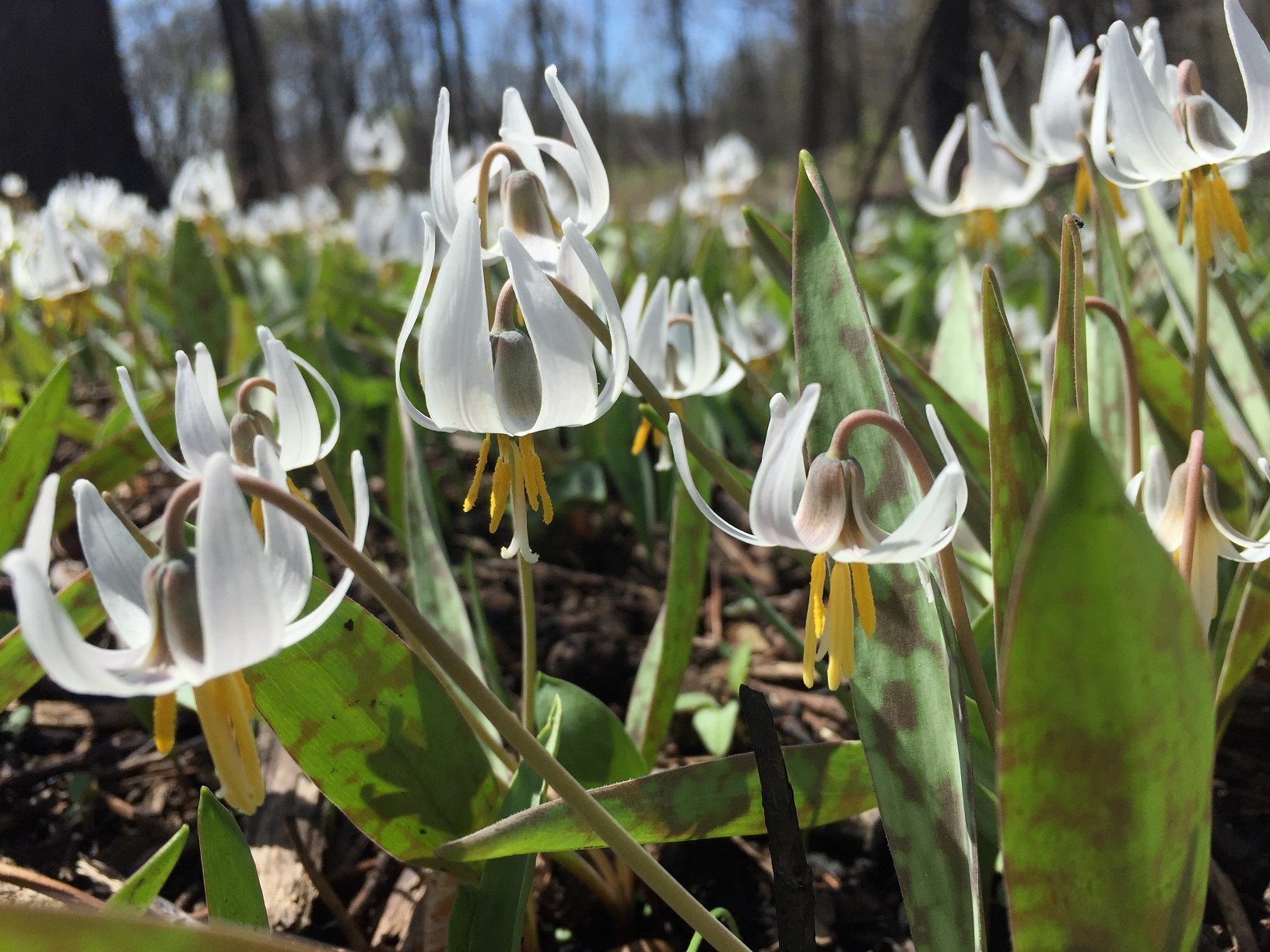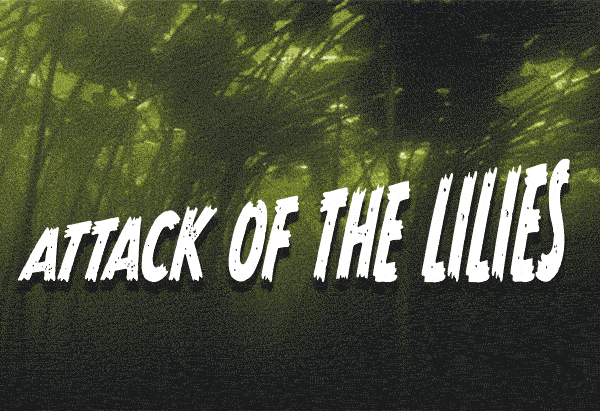Spring is a busy time of year. There are lots of tasks to be completed to keep your land and water at its best.
Burns
Most native plantings need to be burned. Burning yields better growth and minimizes non-native species. Burning is also an ecologically sound way to improve wildlife habitat. Fire used as part of a land management plan can help game species and plants or animals that are endangered, threatened, or of special concern. Special permitting may be required so plan ahead.
Help your native seed thrive
Nature makes it look simple and beautiful, but the many complicated decisions and actions required to successfully grow a native plant community from seed can prove daunting, even to more experienced gardeners or landscapers. Dormant season inter-seeding into established mowed stands of cool-season grasses is one alternative to planting on bare cultivated soil.
Restore your shoreline
Once your permits have been received and the snow melts, shoreline restoration projects can begin. Depending on the type of project, re-grading and rock installation may be best completed when the ground is still partially frozen in order to support heavy equipment. Once we’re past the frost date, native plugs can be installed.
Control your goose population
ILM begins goose depredation, egg oiling, the week of April 1st and goes through the middle of May. Egg oiling limits the goose population by reducing the number of hatched goslings. Each gosling imprints on the lake where they were born, returning year after year to nest. So over their 8-year average lifespan, with each female laying 6 – 8 eggs per year, one pair of geese could increase the population by roughly 50 geese. Population control is strongly encouraged. IDNR permits are required for both the site and the person oiling the eggs. These permits take about a month to receive.
Install fountains and activate compressors
Is your ice disappearing? Then it is time to have your fountains and compressors reinstalled.
Routine maintenance on compressors
o Lake bed aeration systems operate by sending compressed air down submerged airlines to diffuser manifolds located on the bottom of lakes and ponds. The purpose is to create a continual and artificial turnover of the body of water to prevent stratification. Routine maintenance and the replacement of moving parts are necessary to ensure the system is operating properly. Rotary vane type compressors should be maintained once a season while rocking piston compressors requires maintenance after every two seasons of operation. Air filter elements should be replace as needed, typically once a season is sufficient.
Control invasive aquatic vegetation
Early detection and treatment of nuisance weeds not only eliminates unsightly and problematic plant growth but reduces the amount of biomass being recycled back into the system. Treating populations when they first appear and are of a manageable size reduces the likely hood of a dissolved oxygen crash and a related fish kill.
Review pond performance, assess winter damage
Sometimes ice-out can cause shoreline damage, or branches and leaf accumulations need to be removed. Garbage also accumulates over the windy winter months and needs to be removed. To best care for your pond or lake invite ILM to walk your pond with you to assess and discuss your needs.
Understand and enhance your fish population
Are the fishermen complaining about no large fish in the lake? Should stocking be done? Before stocking a lake, find out what you have to properly prepare for stocking. Fish surveys are best performed during the spring and fall, when plant growth is minimal and fish have fewer places to hide. Surveys work best when the water is above 55 degrees. Once you know what you have you can then determine what you need to stock!
Control muskrats and beavers
Muskrats burrow into the shoreline creating tunnels, which then collapse, leaving a hole. Prevent these critters from causing further damage to your shoreline by either exclusionary fencing or trapping. Beavers cut down willows and small trees, and create dams that can block culverts, causing flooding damage after heavy rain events. If you suspect beavers are in your pond or lake call us to discuss control options.
Remove trash and debris
Culverts transport water from waterways under roads and highways. With the springtime precipitation and warmer weather culverts can become overwhelmed with debris. If the debris is not removed, flooding and slow drainage can cause damage to the surrounding area. Regular inspection and removal of debris are easy and effective ways to minimize potential flooding. Preventative maintenance is essential to keeping your culverts fully functional and is the most cost effective route. Garbage and dead vegetation also accumulates over the winter months and needs to be removed to keep your water resource at its best.
Limit goose grazing
Applying a goose deterrent on lawns can hinder goose grazing. Applications should occur throughout the year to discourage both resident and migratory geese. Spraying goose deterrent is a great alternative to dog services or other methods of harassing geese.
Eliminate cool season invasive species
Natural areas are being invaded by cool season invasive grasses despite utilizing even the most conservation-oriented management. These grasses include Reed Canary Grass (Phalaris arundinacea), Common Reed (Phragmites australis), and Quack Grass (Elytigia repens). Now is the time to treat them!
Evaluate your pond's performance
Now that spring is warming the water, aquatic plants and algae are starting to grow. So let’s test the water and sediment for nutrients to determine why these species are growing so rapidly. ILM can perform a general evaluation of your pond with onsite and laboratory testing, limited sediment probing, inspections for shoreline erosion and culvert damage and blockages.
Wetland delineations start May 15th
If you are planning any development that may affect a lake, pond, stream, or wetland area, formal wetland delineation will be required before you can obtain your building permit. If you are uncertain if the area you are looking at is a wetland, our staff can help you to make this determination and help you to plan your project to avoid impacts to these resources which can save you time and money on your project.




